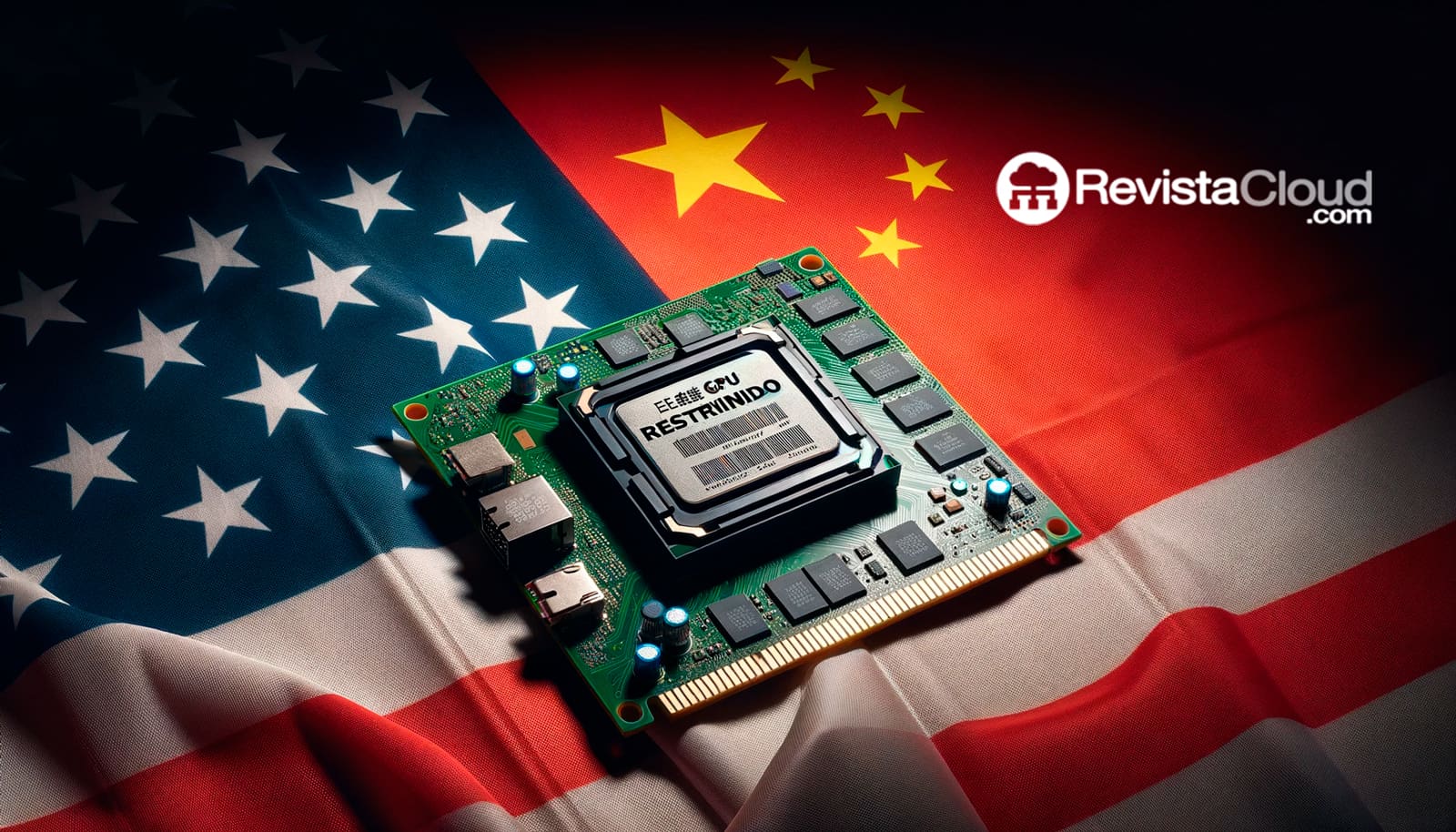The United States is poised to further tighten the door to telecommunications equipment from Chinese manufacturers considered a threat to national security. The Federal Communications Commission (FCC) will vote this month on a new regulation that will strengthen restrictions and close legal loopholes that still allow the entry—or maintenance—of Huawei, ZTE, Hikvision, or China Telecom in the country’s networks and markets, as reported by FCC Commissioner Brendan Carr and Reuters.
The vote is scheduled for October 28 and is part of a broader Washington offensive to reduce dependence on Chinese-origin technology. The proposal includes two key changes: first, prohibiting new authorizations for devices containing components from companies on the FCC’s “Covered List”; and second, enabling retroactive bans on the sale of already approved products if they are deemed a security risk. Practically, this would accelerate the expulsion of these providers from U.S. critical infrastructure.
“We will also open the debate on how to improve the process and keep compromised equipment out of our networks,” Carr said in a recent statement.
A longstanding policy that is intensifying
This move doesn’t come out of nowhere. Over the past few years, the FCC has gradually strengthened its stance against Chinese companies in the telecommunications sector:
- It banned several of them from offering services in the U.S.
- It began withdrawing certification from seven testing laboratories controlled by the Chinese government, which had participated in the approval of devices (mobiles, cameras, or computers) for the American market.
- In May, the regulator voted to exclude China-linked laboratories from the certification process for electronic devices.
Additionally, in March, the FCC announced investigations into nine Chinese companies, including Huawei, ZTE, Hytera Communications, Dahua Technology, Pacifica Networks/ComNet, and China Unicom Americas, over suspected indirect operations exploiting regulatory gaps in the U.S.
The Chinese embassy in Washington has yet to comment on the new vote. Beijing has previously criticized the politicization of national security by the U.S. to limit technological competition.
What is the “Covered List” and why does it matter?
The Covered List is the list of entities and equipment that the FCC considers an unacceptable risk to national security or the safety of individuals. Listing a manufacturer on this list severely restricts its ability to sell and operate within U.S. networks and services. The new proposal goes further by contemplating revoking prior authorizations when there are indications of risk.
This shift aims to eliminate “gray areas” where equipment still enters or remains operational, especially in local networks or less-visible industrial segments, beyond the reach of major operators.
Europe in the mirror: Is there a ripple effect?
Sources in the industry suggest that if this initiative succeeds, pressure will increase on European partners to adopt similar measures. The European Union has already urged reducing exposure to high-risk suppliers for 5G and critical networks, although implementation varies by country. A more stringent U.S. policy could accelerate decisions in European capitals that maintain diverging positions.
Potential impact: Operators, manufacturers, and supply chains
For operators and U.S. agencies, the regulation would entail:
- Inventory reviews and audits to identify affected components.
- Accelerated replacement plans where critical elements from prohibited providers remain.
- Reallocation of budgets toward alternative suppliers and FCC-approved labs.
For targeted companies, the risks are twofold: loss of market and reputation damage in jurisdictions that follow U.S. examples. Globally, this could lead to increased technological decoupling, affecting costs, timelines, and standards.
What’s next
The October 28 vote will be a milestone in assessing the true scope of the new restrictions. If approved, the FCC will need to specify procedures for revoking certifications, auditing deployed equipment, and managing transitions to avoid disrupting critical network services.
Meanwhile, the debate will continue on two levels: one focused on national security, prioritizing resilience and control over the tech supply chain; and the other economic, weighing costs, timelines, and geopolitical implications of a deeper decoupling.
Frequently Asked Questions
What exactly does the new FCC proposal change?
The initiative tightens the current policy by barring new authorizations for equipment that includes components from companies on the Covered List and by allowing bans on the sale of already approved products if considered risky. In practice, it facilitates a full expulsion of these providers from U.S. networks.
Who is affected?
Manufacturers like Huawei, ZTE, Hikvision, and China Telecom, among others, listed or investigated for ties to Chinese state security or due to operational gaps in the U.S., according to the FCC.
What would be the implications for operators and agencies?
It would require inventory checks, replacing affected equipment, and rerouting contracts toward certified alternative suppliers. It also necessitates adjusting timelines and budgets to ensure service continuity especially in critical sectors.
Could Europe follow this path?
The U.S. will likely pressure the EU and member states to reduce reliance on high-risk providers. Some countries have already taken steps, but application remains uneven; a stricter American approach could accelerate regional decisions.

